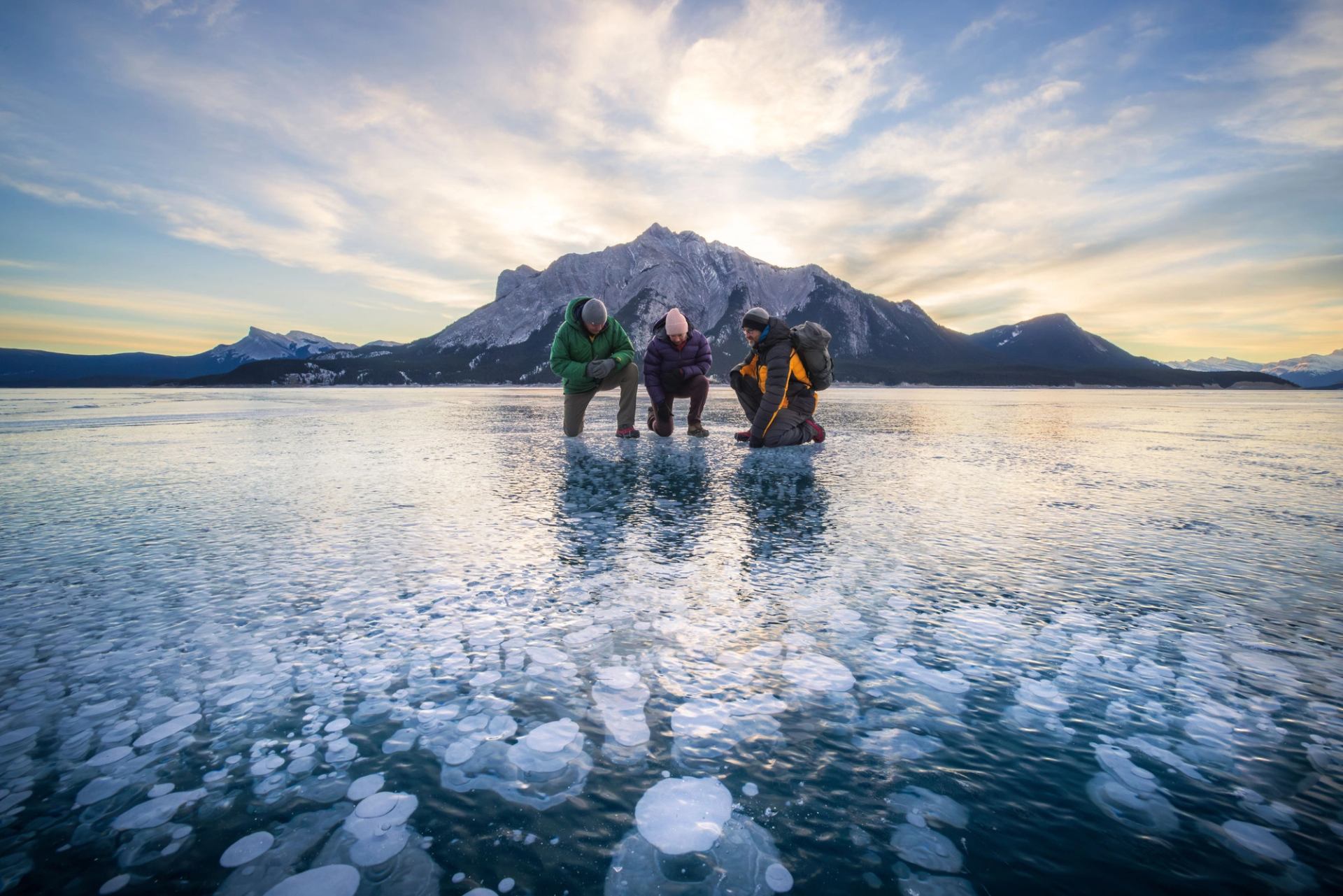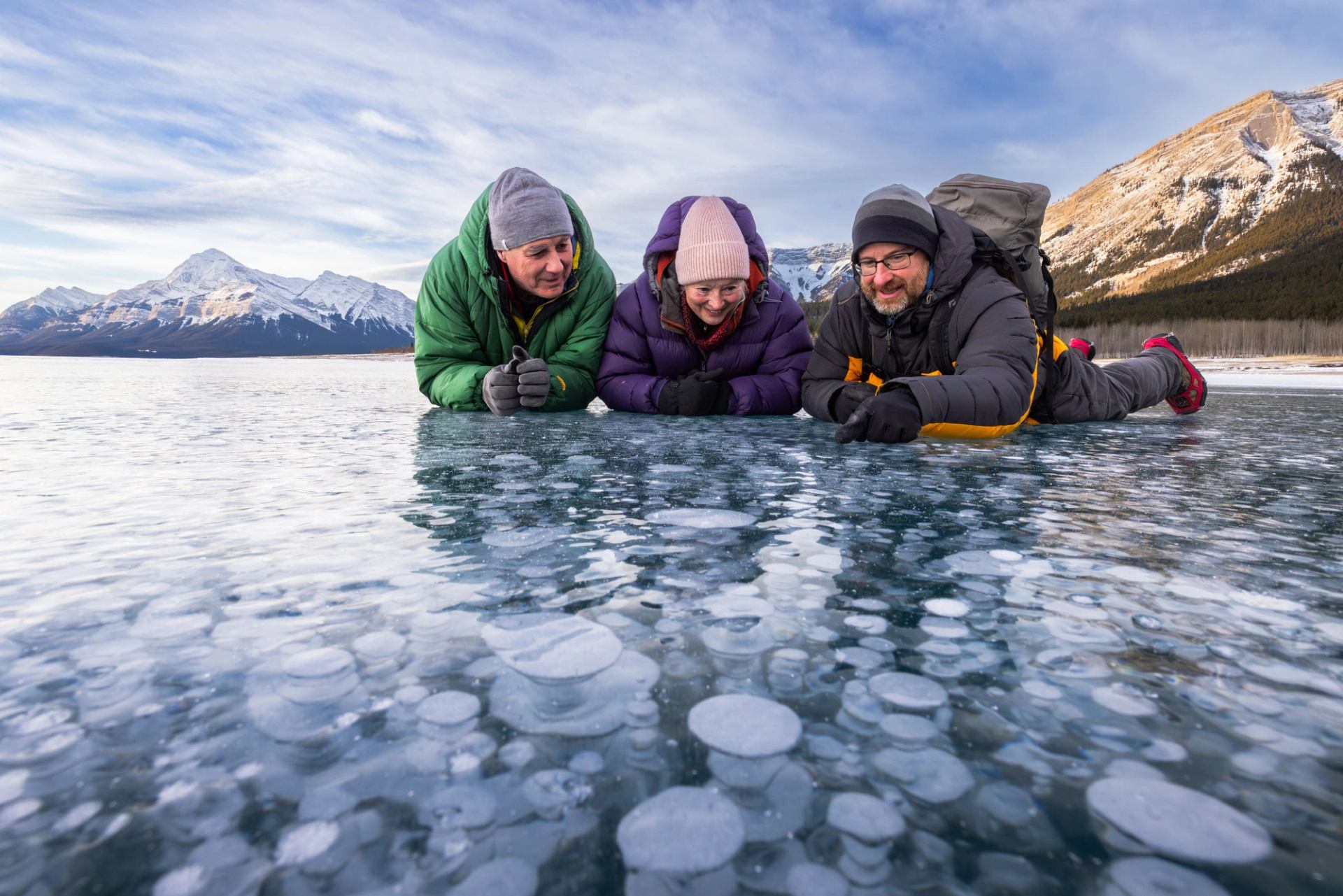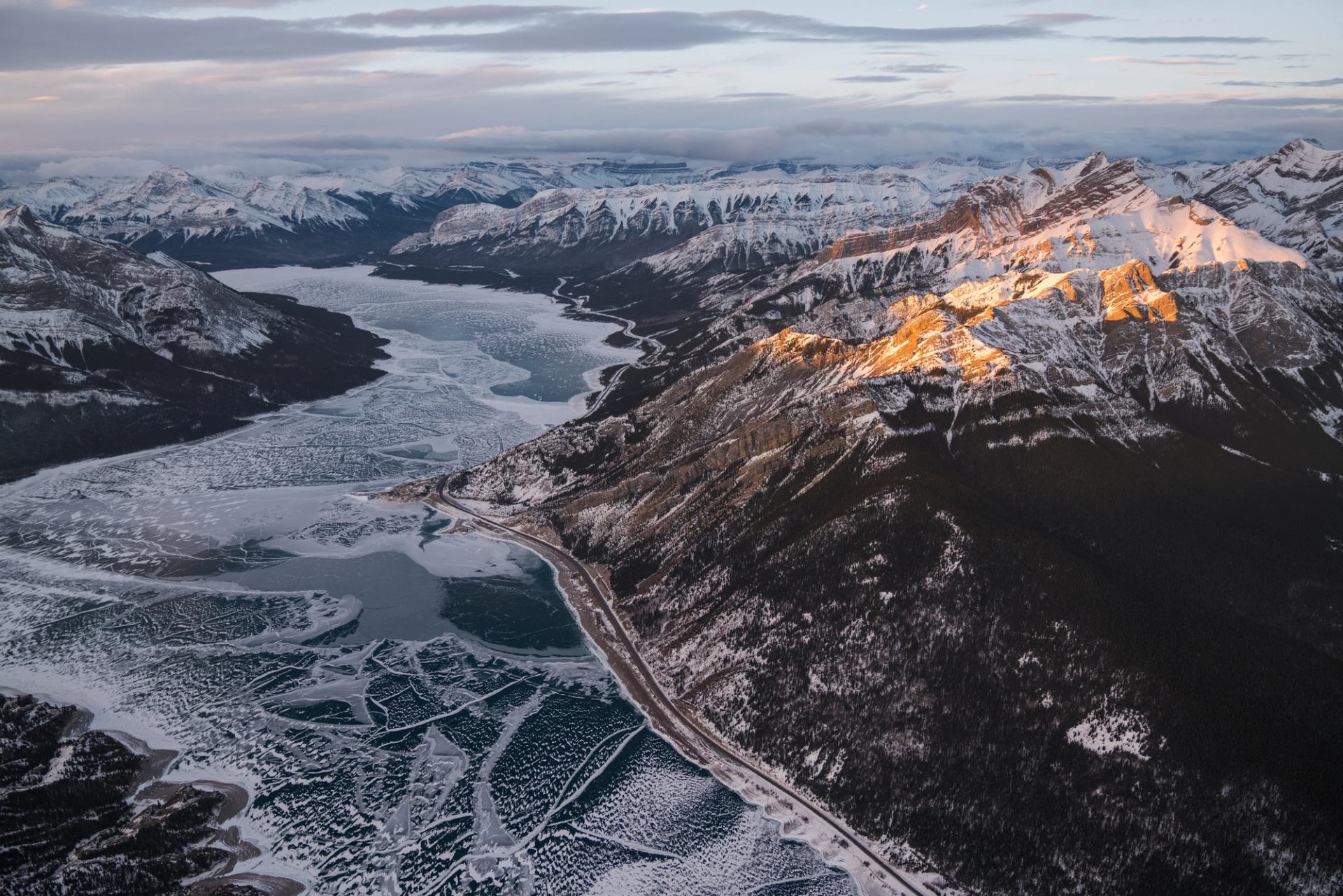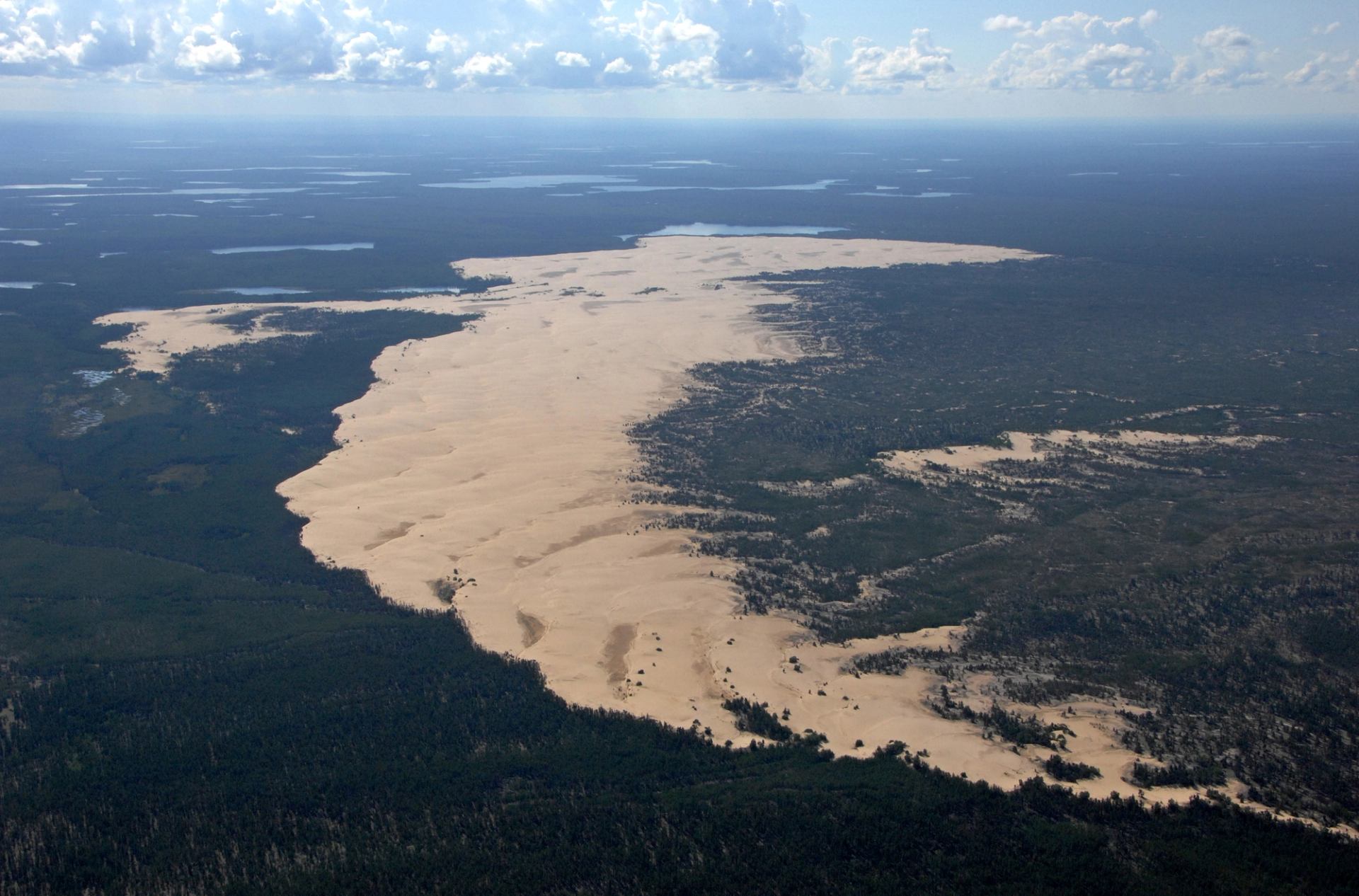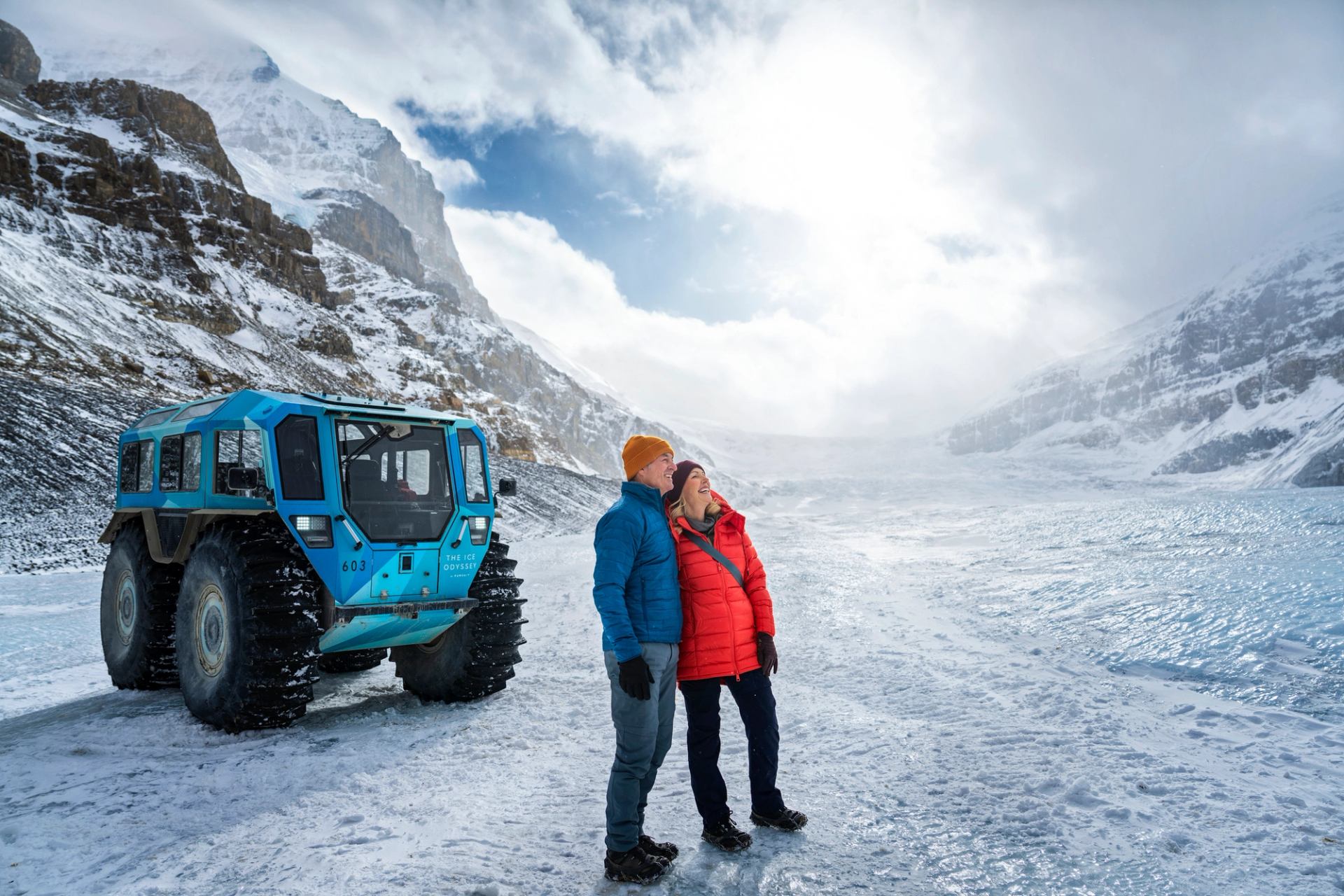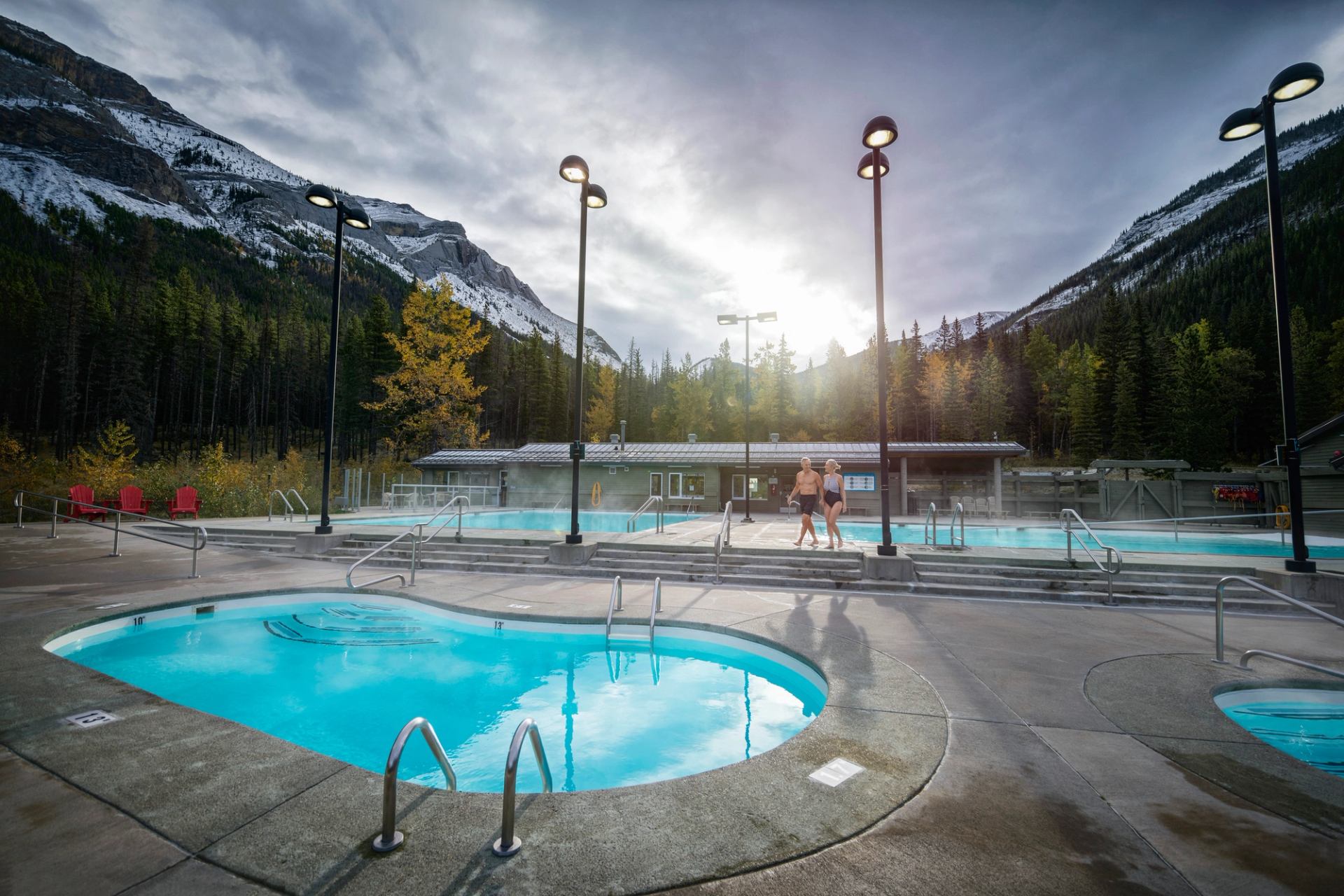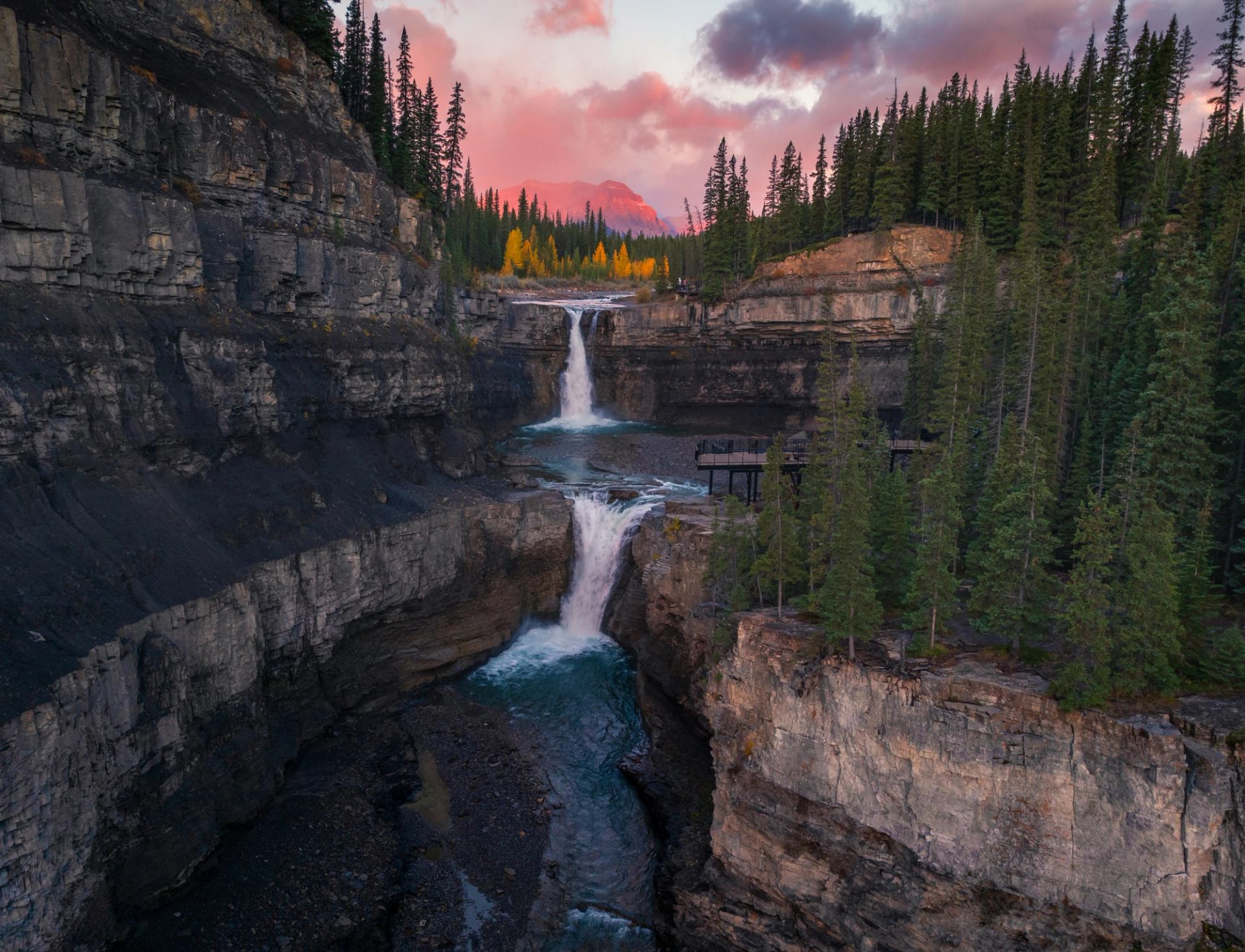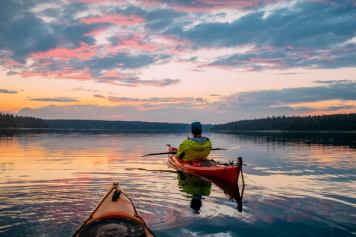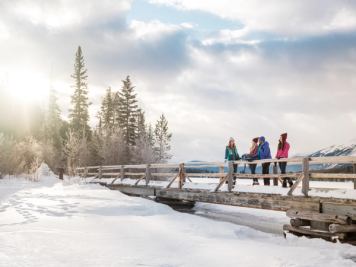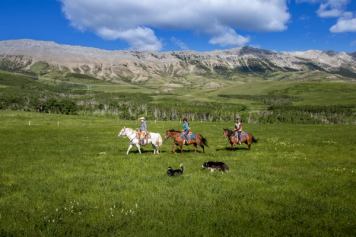From double-decker waterfalls that freeze into winter ice-climbing paradises to Sahara-like sand dunes in the northern wilderness, Alberta serves up geological surprises that'll make you wonder if you've somehow wandered onto another planet. Here's how to explore some of Canada's most jaw-dropping natural wonders hiding in plain sight.
Ice bubbles on Abraham Lake
It's one thing to stand upon a frozen lake, but it's quite another to walk upon nature's frozen lava lamp. That's the surreal experience awaiting winter visitors at Abraham Lake, where countless white orbs seem suspended in time beneath the ice like pearls in glass.
These frozen bubbles are trapped methane, a gas formed when plants within the lake decompose. This methane rises through the water, and when the lake freezes, the gas becomes trapped in layers of ice, forming stunning frozen bubbles.
It's actually a naturally occurring process that happens in all lakes, explains Brett Pawlyk, a certified guide and co-owner of Canadian Rockies Escapes.
“The bubbles happen at a higher rate at Abraham Lake because there’s extra vegetation. Before the manmade lake came into being, the land was a forested ecosystem, and now those tree roots at the bottom of the lake produce extra methane when they decompose. As the gas continually releases from the vegetation, you get a nice little staircase effect from these bubbles. The bubble closest to the surface is the oldest and was the first one that floated to the top.”
